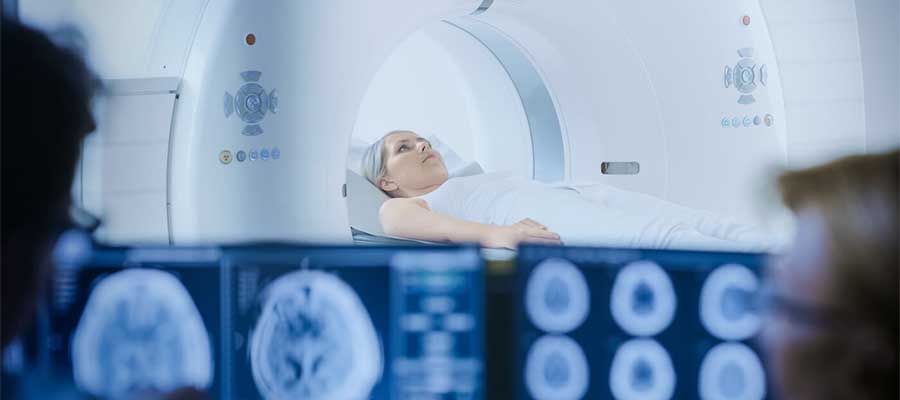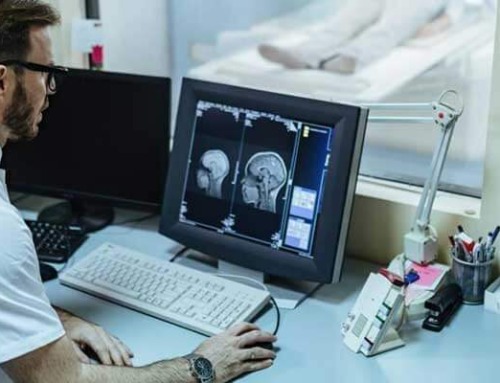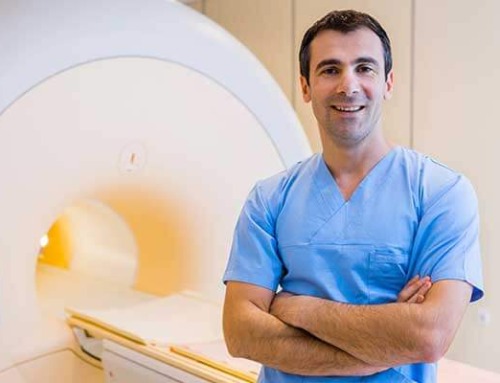As the name suggests, MRI technologists are responsible for running the Magnetic Resonance Imaging (MRI) scanners at hospitals and diagnostic clinics. They ensure that the patients are comfortable as well as informed on the procedure.
Now that you know what the main role of an MRI Tech is, let’s explore the benefits. Being an MRI technologist will enable you to help patients and guide them towards a healthier life. You have the important responsibility of operating the MRI machine as well as identifying any health issues that the patient may be suffering from through the scans.
But perhaps the most advantageous one is that you can train to do this job without the almost decade-long commitment to studying and training that most healthcare professionals have to endure. Furthermore, you will be able to work in the medical field, while still having a predictable schedule.
How to become an MRI Tech
Unlike most medical training, pursuing a career as an MRI tech takes only a few years to accomplish. Most MRI technologists need to have the ARMRIT certification. However, it is also possible to still work in that field without one through different training programs.
In order to qualify as an MRI tech, the minimum level of education required is an accredited certificate program from either a community college or hospital. The first step towards this career is obtaining a high school diploma or GED. Afterward, you will need to complete an accredited MRI tech education program, which can take from one to four years, depending on how you pace yourself. Typically, you can complete the program within a year, wherein you will learn all the technical requirements involved in using an MRI and maintaining one. The MRI training program usually includes clinical hours as well, in which you will be able to work at a hospital or clinic in order to learn the practical aspects of the job. While the clinical apprenticeship is optional, it will certainly boost your credibility to pursue one.
Once all this is completed, you will then be eligible to apply for your certification. While certification is not required to work with MRI machines, most employers nowadays do not hire those without one. Even if you have numerous hours of clinical experience, it will still be better to obtain your certification. The main accreditation body for primary education American Registry of Magnetic Resonance Imaging Technologists (ARMRIT).
The ARRT certification has several prerequisites: complete an associate’s degree or higher than the ARMRIT recognizes, complete an ARMRIT recognized MRI technologist education program, and then comply with their standard of ethics. If you have all these covered, you will just need to pass the exam.
It is evident that being an MRI tech will take time and dedication to complete the program and pass the certification. Fortunately, the benefits will certainly make up for that.






